The world premiere of Porsche’s new hybrid 911 GTS Coupe and Cabriolet just streamed live from Stuttgart, and the “Evolution, not Revolution” theme continues into the future with numerous changes, some more subtle than others. Porsche has fundamentally upgraded the iconic 911 sports car. The new 911 Carrera GTS is the first street-legal 911 equipped with a super-lightweight performance hybrid. The 911 Carrera will also be available immediately upon the launch of the new model.
Follow The Premiere Here
Pricing and availability (just updated)
The new 2025 911 Carrera is available to order now as a Coupe or Cabriolet with rear-wheel drive. Additionally, the 2025 911 Carrera GTS is also available as a rear and all-wheel drive model (911 Carrera GTS and 911 Carrera 4 GTS) in Coupe or Cabriolet form, and as a Targa variant (exclusively available with all-wheel drive). Both powertrains are fitted with PDK as standard. Deliveries of the new 2025 911 Carrera models to U.S. Porsche Centers are expected to start in the fall, and at the end of 2024 for the 911 Carrera GTS models. The current 911 Turbo, Turbo S and GT3 RS models will continue to be offered for the 2025 model year, with pricing unchanged for these variants. The full list of Manufacturer’s Suggested Retail Pricing (MSRP) for the 2025 Porsche 911 model range is listed below. MSRP does not include tax, title, registration, dealer charges or a $1,995 delivery, processing and handling fee.
• 2025 Porsche 911 Carrera: $120,100
• 2025 Porsche 911 Carrera Cabriolet: $133,400
• 2025 Porsche 911 Carrera GTS: $164,900
• 2025 Porsche 911 Carrera GTS Cabriolet: $178,200
• 2025 Porsche 911 Carrera 4 GTS: $172,700
• 2025 Porsche 911 Carrera 4 GTS Cabriolet: $186,000
• 2025 Porsche 911 Targa 4 GTS: $186,000
• 2025 Porsche 911 Turbo: $197,200
• 2025 Porsche 911 Turbo Cabriolet: $210,000
• 2025 Porsche 911 Turbo S: $230,400
• 2025 Porsche 911 Turbo S Cabriolet: $243,200
• 2025 Porsche 911 GT3 RS: $241,300
The newly developed, innovative powertrain system, with 3.6 litres of displacement delivers significantly improved driving performance. The 911 Carrera GTS Coupé accelerates from zero to 100 km/h in 3.0 seconds and reaches a top speed of 312 km/h. The 911 Carrera will also be available immediately upon the launch of the new model. It is powered by a lightly modified 3.0-litre twin-turbo boxer engine that is more powerful than its predecessor. The new 911 also features a revamped design, better aerodynamics, a fresh interior, upgraded standard equipment and expanded connectivity.
With the relaunch of its iconic model, Porsche has modernized four of its six model lines in just a few months: Panamera, Taycan, Macan, and 911. “Our product portfolio is younger than ever and highly attractive,” says CEO Oliver Blume. “It offers our customers even more customization options and exclusive experiences.”
Inspired by motorsport: innovative performance hybrid
For the new 911 Carrera GTS models, Porsche’s engineers used knowledge gained from motor racing as the basis for designing the hybrid system. “We developed and tested a wide variety of ideas and approaches to arrive at the hybrid system that would suit the 911 perfectly. The result is a unique drive that fits into the overall concept of the 911 and significantly enhances its performance,” says Frank Moser, Vice President Model Lines 911 and 718.
The lightweight and powerful T-Hybrid system has a newly developed electric exhaust gas turbocharger. An integrated electric motor, placed between the compressor and turbine wheel, instantaneously brings the turbocharger up to speed. This immediately builds up boost pressure. The electric motor in the exhaust gas turbocharger also functions as a generator. It generates up to 11 kW (15 PS) of electric power. This energy is extracted from the exhaust gas flow. The wastegate-free electric turbocharger allows only one turbocharger instead of the previous two, ensuring a more dynamic and responsive power delivery.
The powertrain also includes a permanent magnet synchronous motor integrated into the new, more powerful eight-speed dual-clutch transmission (PDK). Even at idle speed, it supports the boxer engine with extra drive torque of up to 150 Nm and provides a power boost of up to 40 kW. Porsche couples both electric motors to a lightweight and compact high-voltage battery. It corresponds in size and weight to a conventional 12-volt starter battery but stores up to 1.9 kWh of energy (gross) and operates at a voltage of 400 V. For an optimized overall weight, Porsche has installed a lightweight lithium-ion battery for the 12 V on-board electrical system.
The heart of the T-Hybrid drive is a newly developed 3.6-litre boxer engine. The high-voltage system allows the air-conditioning compressor to be driven electrically and the belt drive to be omitted as a result, making the engine much more compact. This creates space above the power unit for the pulse inverter and DC-DC converter. An enlarged bore of 97 mm and an increased stroke of 81 mm increase the displacement by 0.6 litres compared to its predecessor. The engine has VarioCam camshaft control and a valve control with rocker arms. It maintains the ideal mixture ratio of fuel and air over the entire map (lambda = 1).
Even without electrical assistance, the boxer engine delivers 357 kW (485 PS) and 570 Nm of torque. In total, the system output is 398 kW (541 PS) and 610 Nm. The power increase over its predecessor is 45 kW (61 PS). The new 911 Carrera GTS also beats its predecessor in the sprint to 100 km/h, particularly off the line. The efficient performance hybrid achieves highly dynamic driving characteristics while at the same time reducing CO₂ emissions with significantly less extra weight compared to plug-in hybrid vehicles. The weight increase over its predecessor is a mere 50 kilograms.
The 911 Carrera still features a 3.0-litre boxer engine with twin turbocharging. This engine, too, has been comprehensively revamped. Among other things, it has now adopted the intercooler from the Turbo models, which now sits directly under the rear lid grille, above the engine. The turbochargers in the new 911 Carrera were reserved for the GTS models in its predecessor. With these modifications, Porsche simultaneously achieves a reduction in emissions and a power boost to 290 kW (394 PS), along with a maximum torque of 450 Nm. The new 911 Carrera Coupé goes from 0 to 100 km/h in 4.1 seconds (3.9 seconds with the Sport Chrono package) and boasts a top speed of 294 km/h. Compared to its predecessor, this represents an improvement of 0.1 seconds and 1 km/h, respectively.
Optimized suspension and active aerodynamics
The suspension of the 911 Carrera GTS has also been comprehensively revised. For the first time, rear-axle steering now comes as standard. It increases stability at high speeds and reduces the turning circle. Porsche has integrated the Porsche Dynamic Chassis Control (PDCC) anti-roll stabilization system into the high-voltage system of the performance hybrid. This enables the use of an electro-hydraulic control system, which makes the system even more flexible and precise. The sports suspension with a variable damper system (PASM) and a ride height lowered by 10 mm provide characteristic GTS handling.
A total of seven 19-/20-inch or 20-/21-inch wheel designs are available for the new 911. Available for the first time in the 911 Carrera are Exclusive Design wheels with carbon blades that reduce the drag coefficient and therefore increase efficiency. The 911 Carrera GTS models roll on 21-inch wheels with a width of 11.5 inches and 315/30 ZR 21 tires at the rear as standard. At the front are 245/35 ZR 20 tyres on 8.5-inch- wide 20-inch wheels. In line with the significantly enhanced performance, the wider footprint of the rear tyres improves the driving dynamics and traction of the new 911 Carrera GTS.
Sporty, streamlined exterior
Porsche has streamlined the exterior design of the 911 with carefully targeted updates. Most of these measures improve the aerodynamics and performance of the sports car. The changes include new, model-specific bumpers. For the first time, Porsche has also integrated all light functions into the now standard matrix LED headlights of the 911, with their characteristic four-point graphic. This makes it possible to omit the front driving lights and creates space for larger cooling vents in the front of the car.
On the 911 Carrera GTS models, the front end has five vertically arranged active cooling air flaps visible from the outside and another hidden flap on each side. For the first time in the 911, these are complemented by adaptive front diffusers in the underbody, which are controlled together with the cooling air flaps. These elements direct the airflow as required: when power requirements are minimal, closed flaps optimize aerodynamics. When power demand is high – for example in on-track situations – the flaps direct large amounts of air to the car’s radiators. The sensors for the assistance systems are now located behind a high-gloss surface below the number plate.
Optionally, Porsche offers the new headlights with an HD matrix LED function with more than 32,000 light points. The high-performance high beam illuminates the road to a distance of more than 600 metres. It also offers innovative additional functions such as a driving-mode-dependent dynamic cornering light, lane brightening, construction site and bottleneck light and a non-dazzling high beam that is precise to the pixel.
The redesigned light strip with an integrated arc and the ‘PORSCHE’ logo makes the rear end of the 911 appear deeper and wider. A redesigned rear grille with five fins per side connects to the rear window to form a graphic unit that fades into the retractable spoiler below. The number plate is positioned higher, with a clearly structured rear bumper. Model-specific exhaust systems are elegantly integrated into the striking diffuser fins. A sports exhaust system is optionally available for the 911 Carrera models. The 911 Carrera GTS models come standard with a GTS-specific sports exhaust system.
Fully digital cockpit and expanded connectivity
In the coupé variants, Porsche has designed the interior of the new 911 as a two-seater as standard. A 2+2 seat configuration is available as an option at no extra charge. In the cockpit, Porsche combines the familiar 911 design DNA with modern technology: the Porsche Driver Experience control concept focuses on the driver’s axis and intuitive, faster operation. Essential control elements have been arranged directly on or around the steering wheel. These include the standard driving mode switch, the revised driver assistance lever and, for the first time in the 911, a start button – to the left of the steering wheel, naturally. In the center console storage compartment of the new 911, there is a cooled compartment for smartphones with an inductive charging function.
For the first time, the 911 has a fully digital instrument cluster. The 12.6-inch curved display fits elegantly into the new control and display concept and can be extensively customized. It offers up to seven views, including an exclusive Classic display inspired by the traditional five-tube Porsche dial design with a central tachometer.
The Porsche Communication Management (PCM) system is still operated via the high-resolution central display with a 10.9-inch screen. However, the customizability of the driving modes and the operation of the driver assistance systems have been significantly improved. The upgraded 911 also has new connectivity features. A QR code significantly simplifies the logging-on process to the PCM with the Porsche ID. Apple CarPlay® is more deeply integrated into the car. If desired, it displays information in the instrument cluster and enables the operation of vehicle functions directly in the Apple® ecosystem, for example, via the Siri® voice assistant. For the first time, video streaming is also optionally available while parked. Apps such as Spotify® and Apple Music® can be used as native apps in the PCM without a connected smartphone.
Now available to order
The new 911 Carrera can be ordered now as a Coupé and Cabriolet with rear-wheel drive. For the 911 Carrera GTS, all-wheel drive and the Targa body variant (exclusively offered with all-wheel drive) are also available. Both model variants are equipped with Porsche Doppelkupplung (PDK) as standard.
All content © 2024 Dr. Ing. h.c. F. Porsche AG


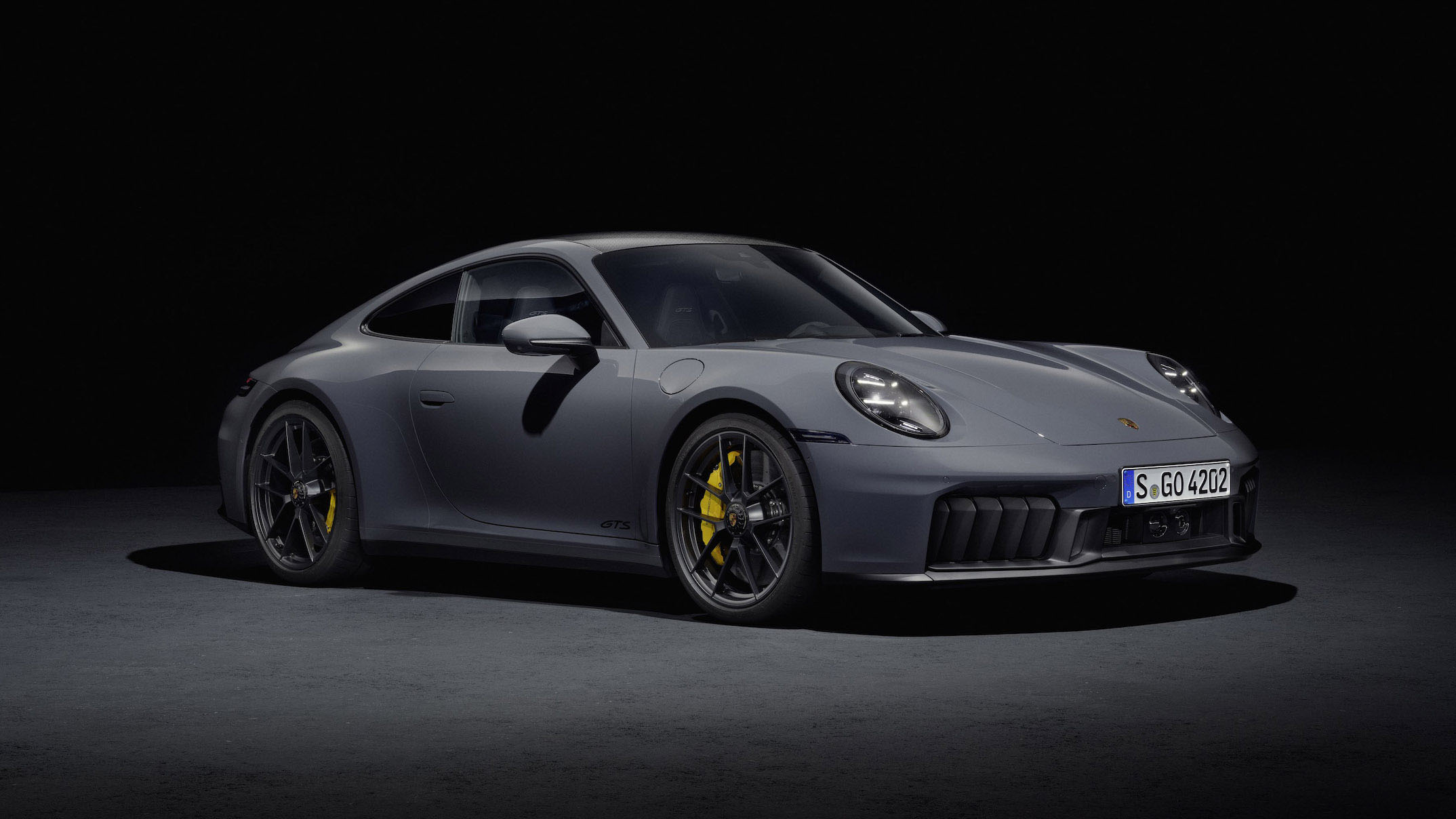
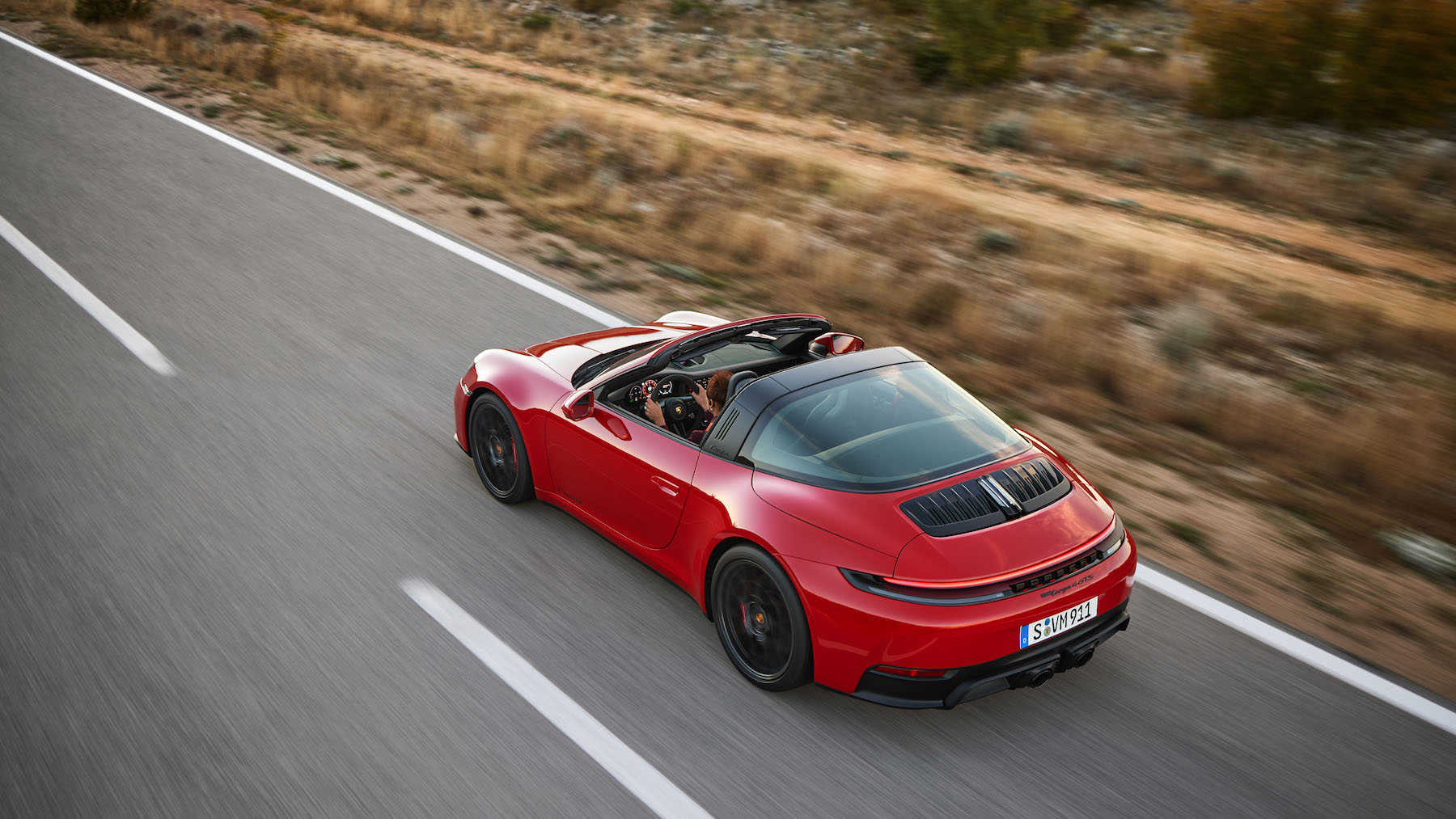
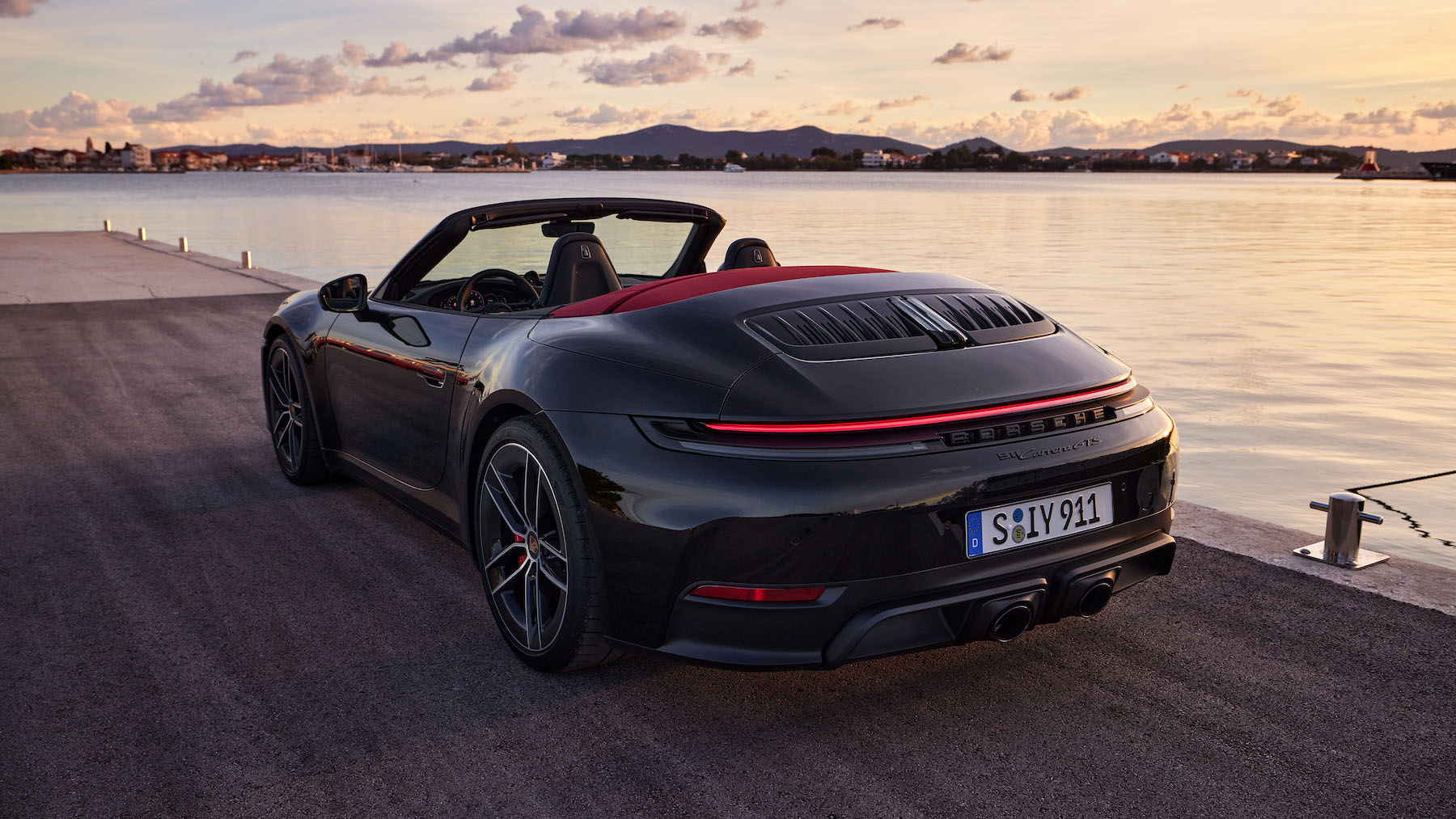
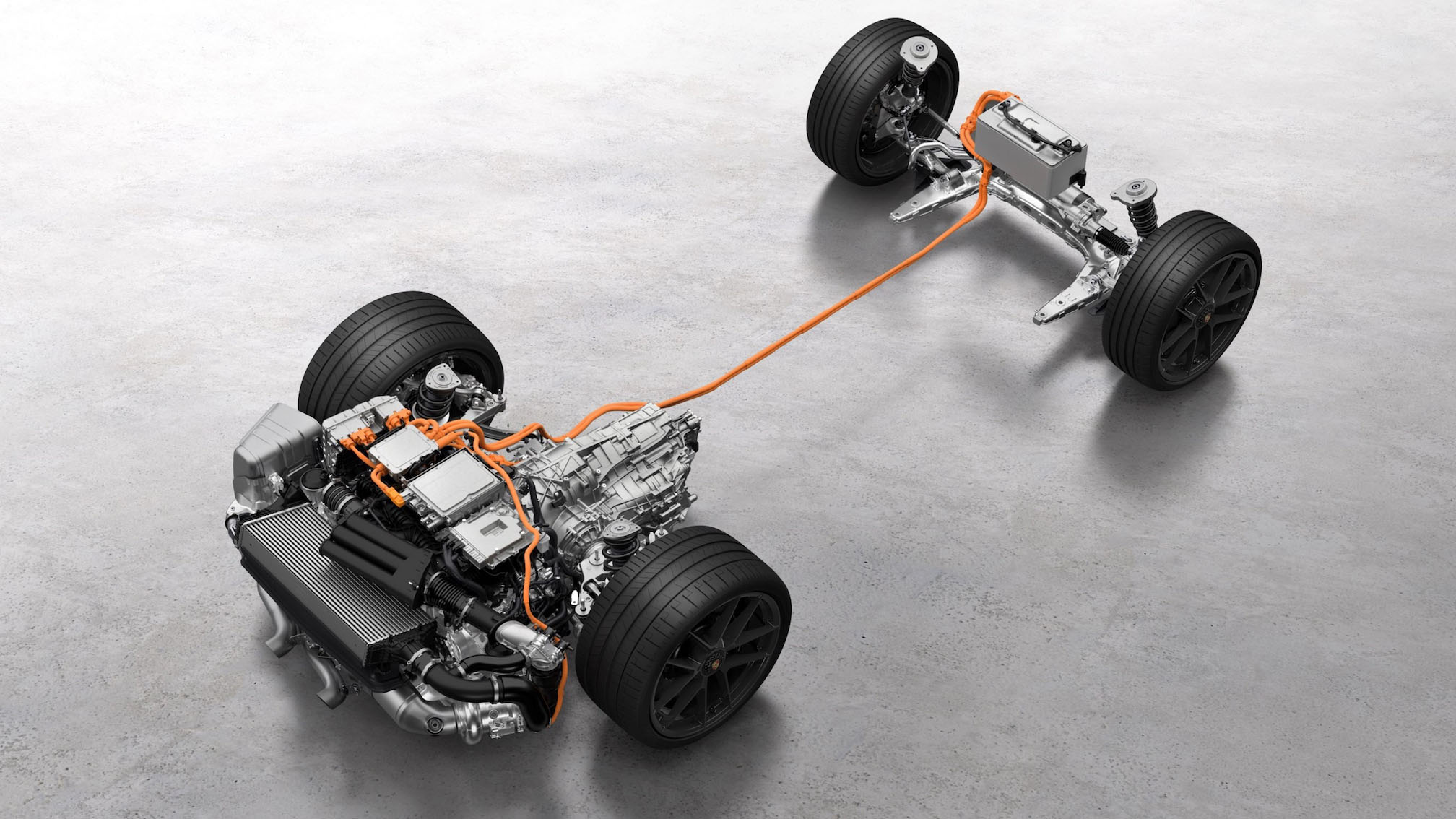
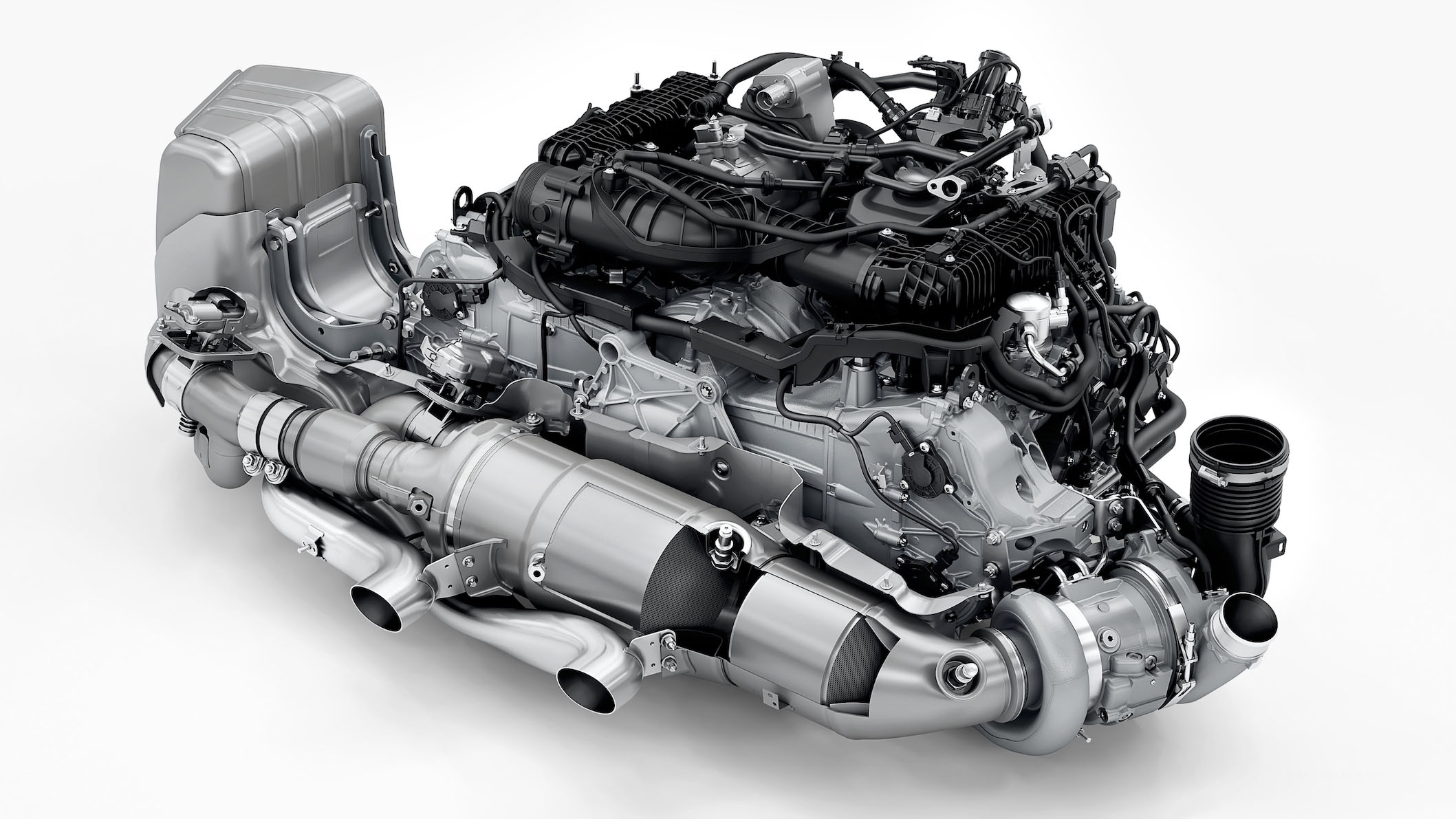
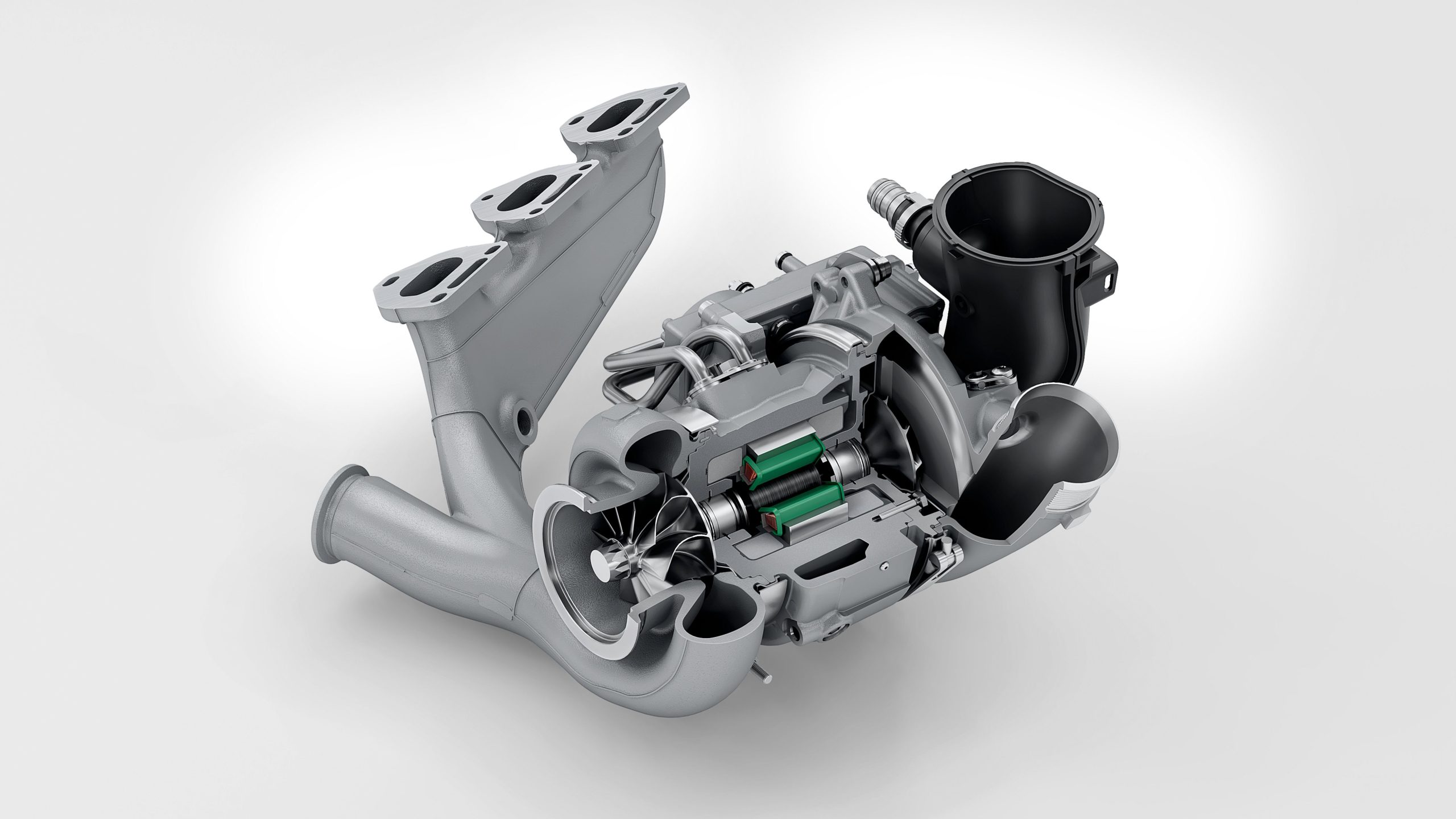
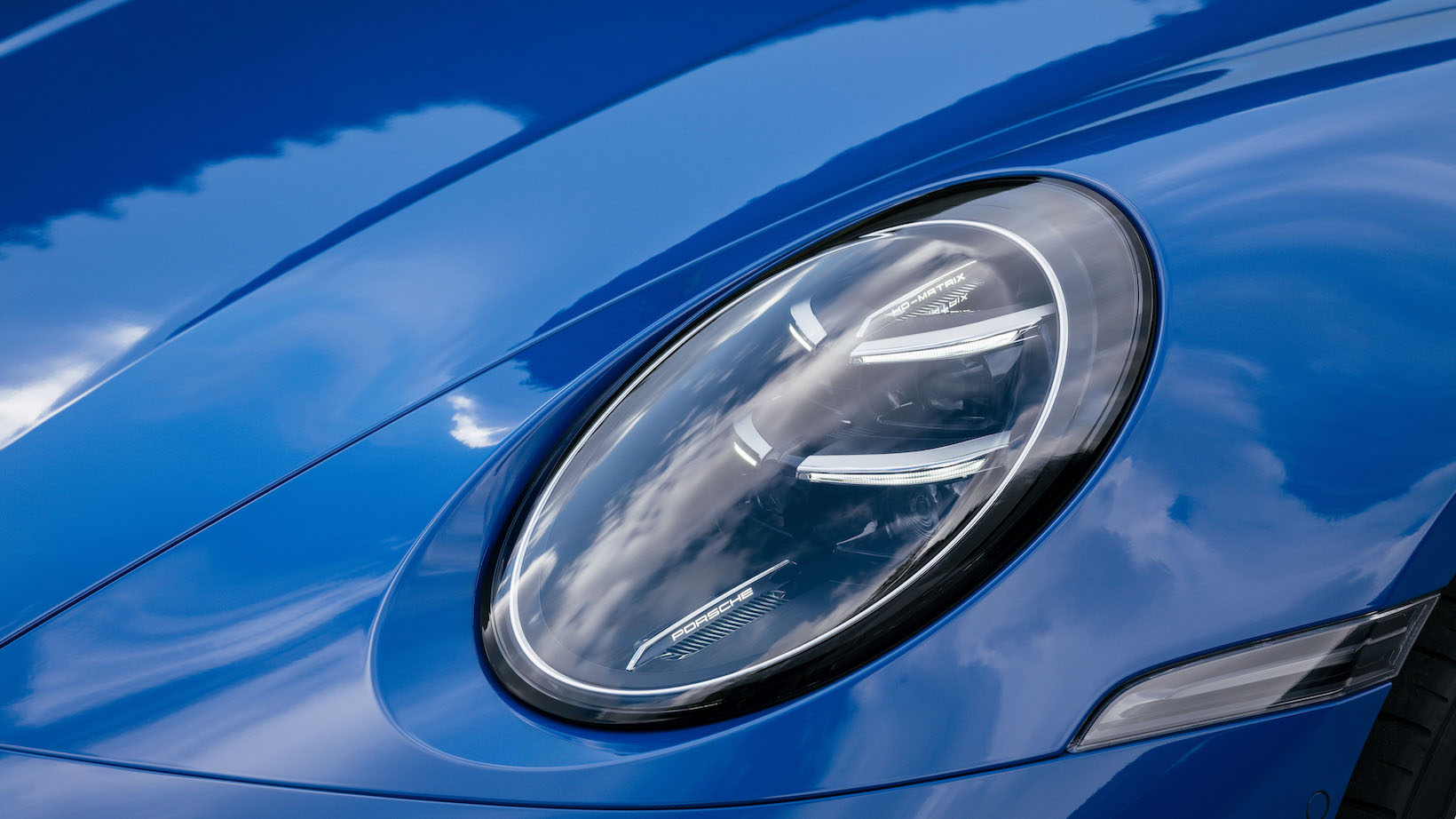
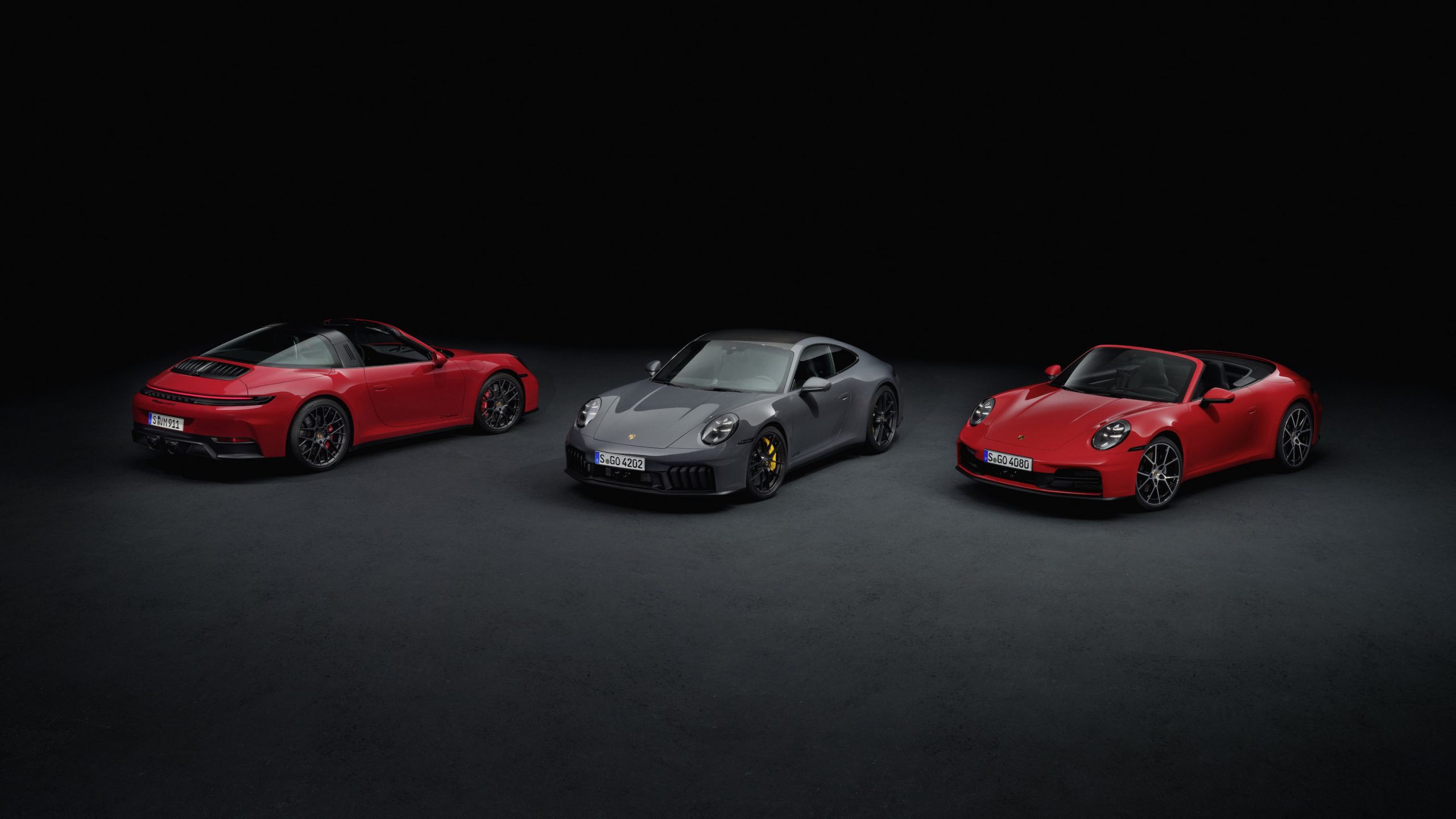
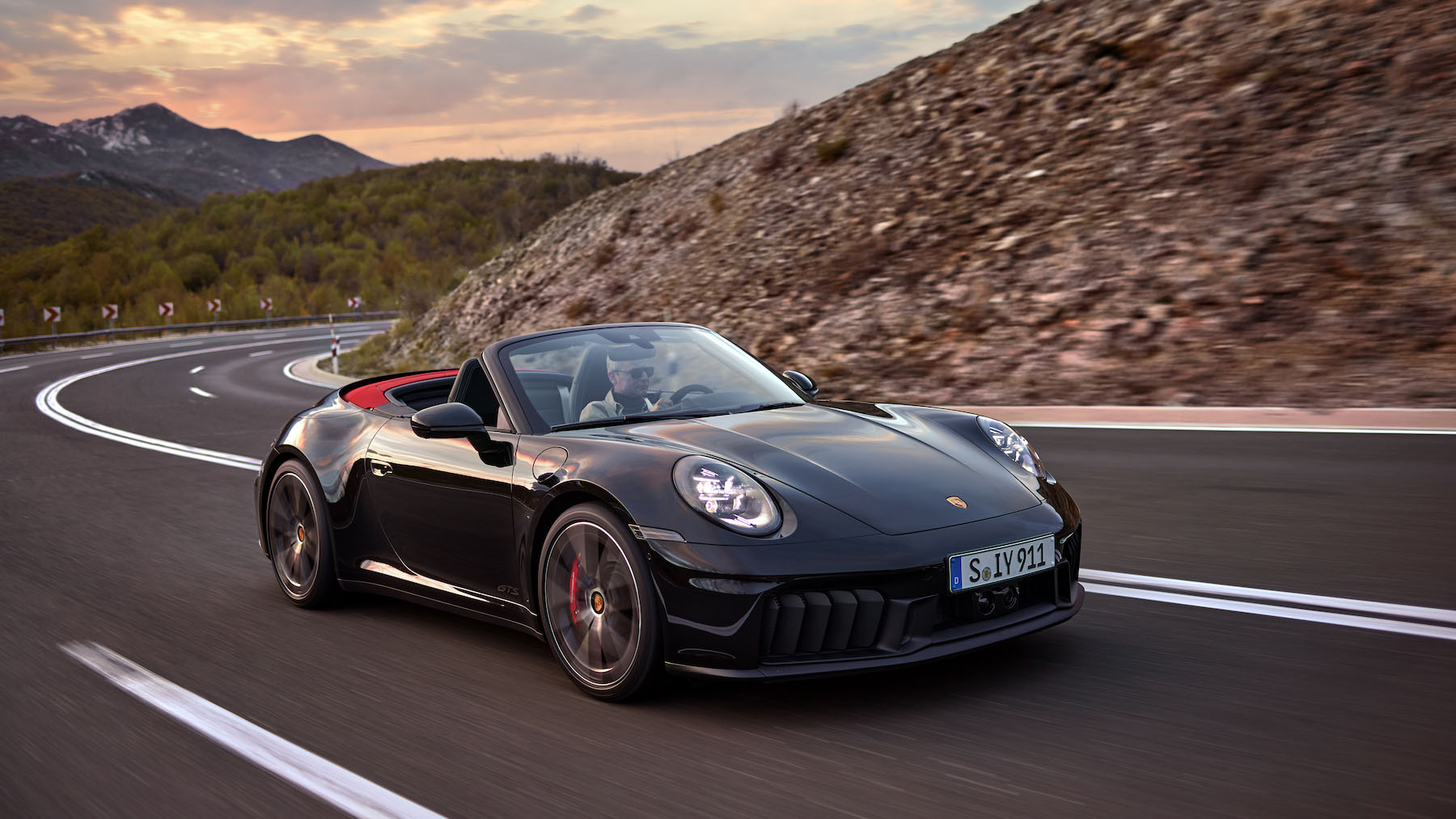
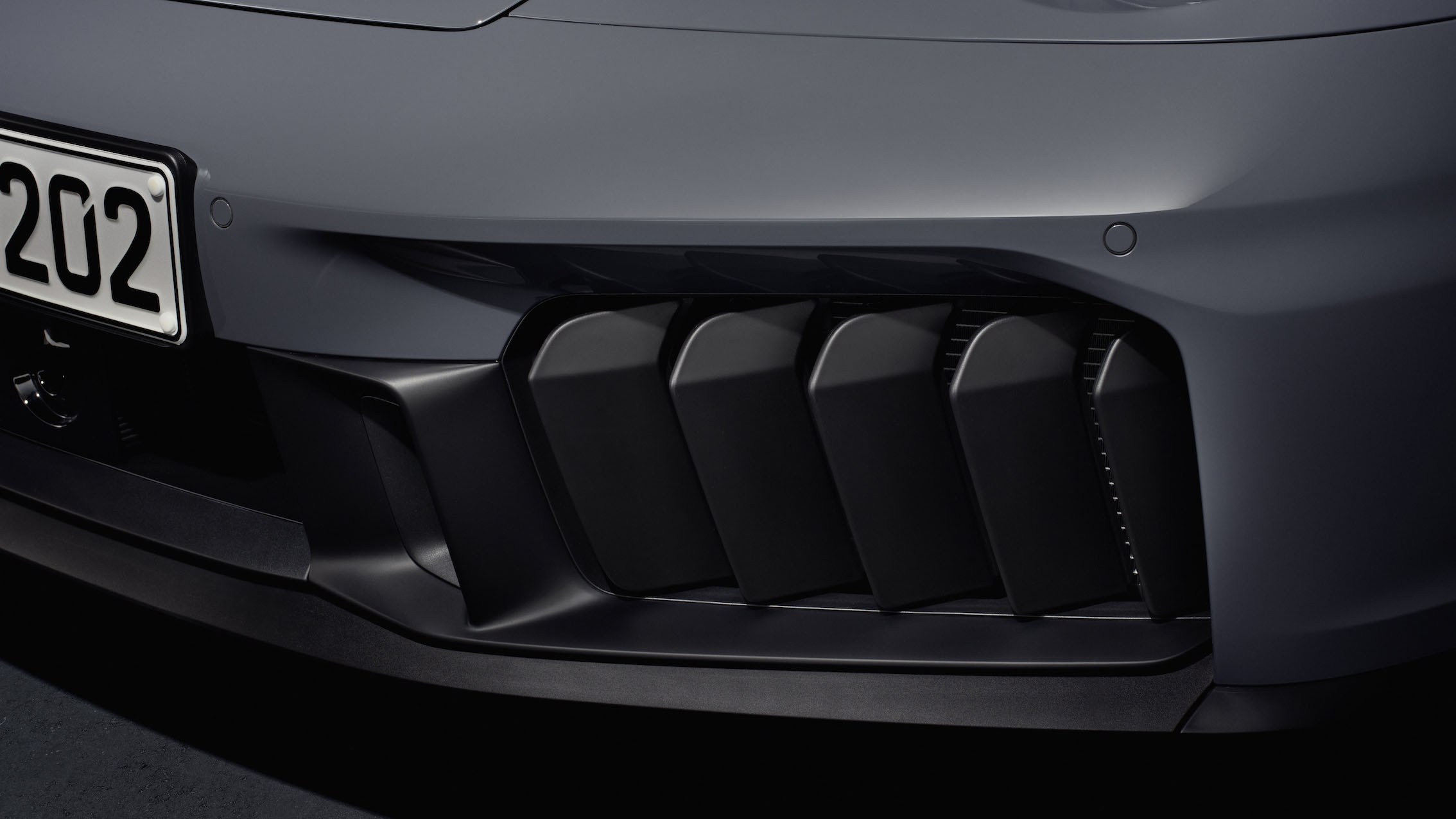
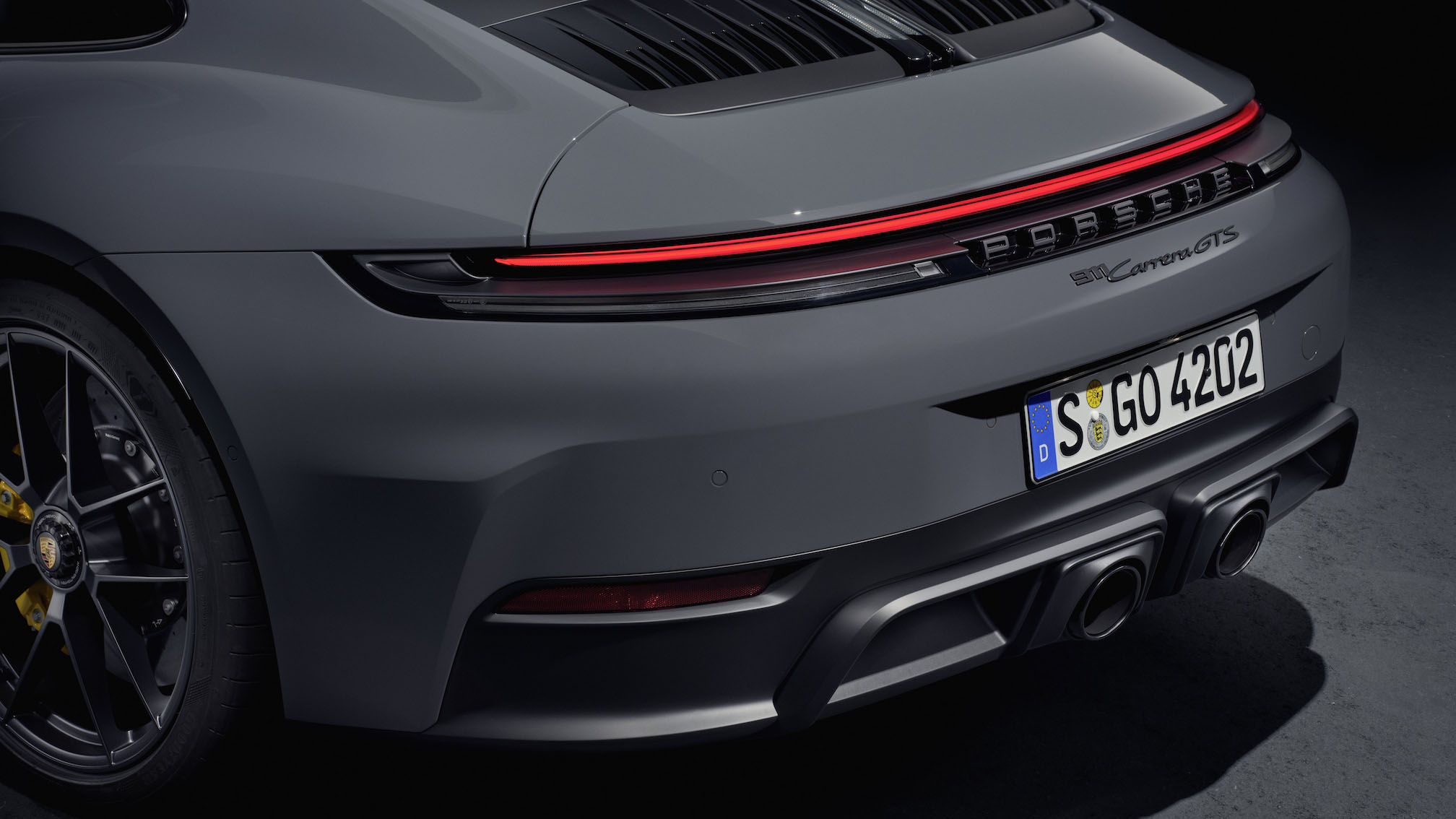
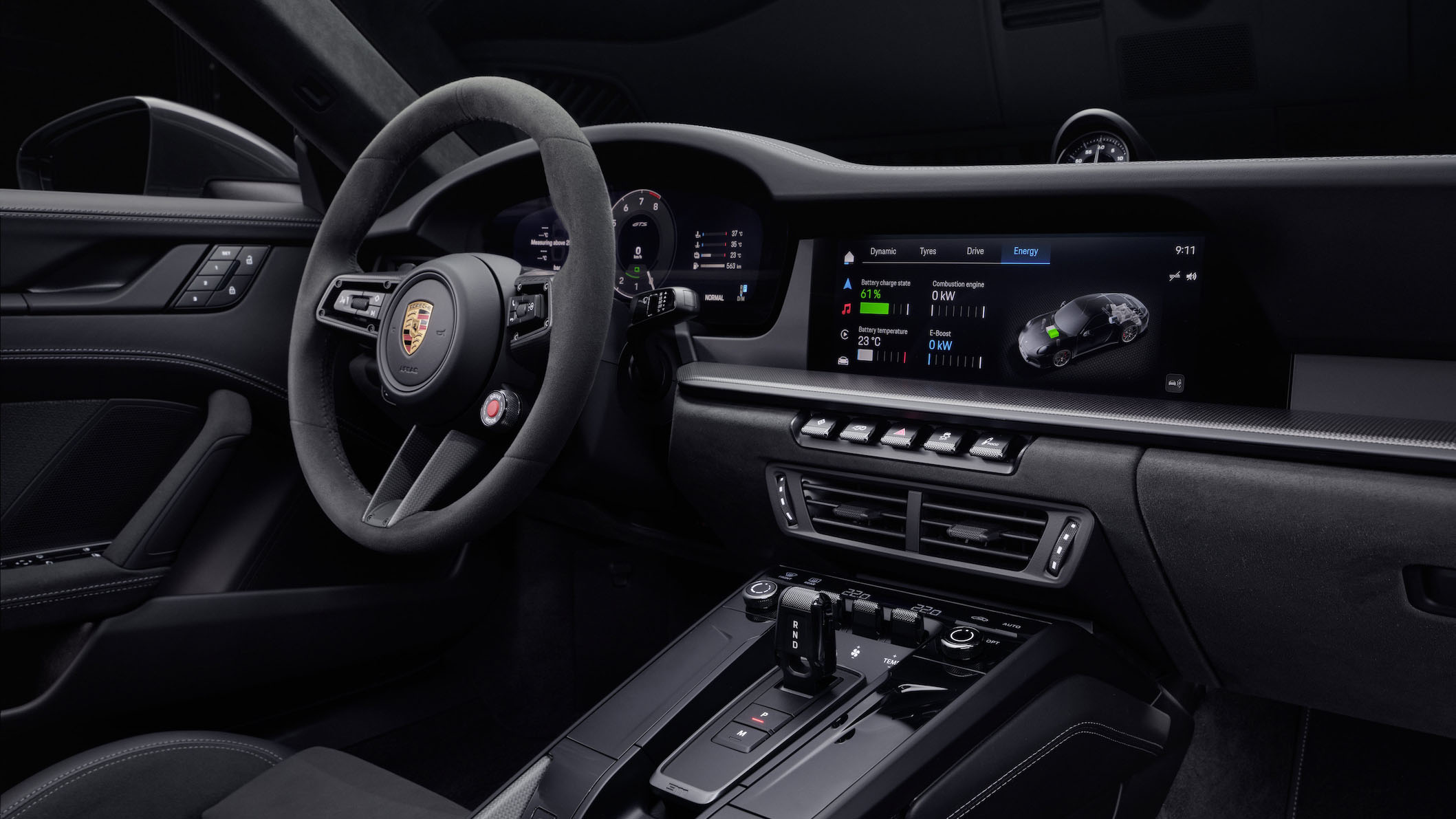

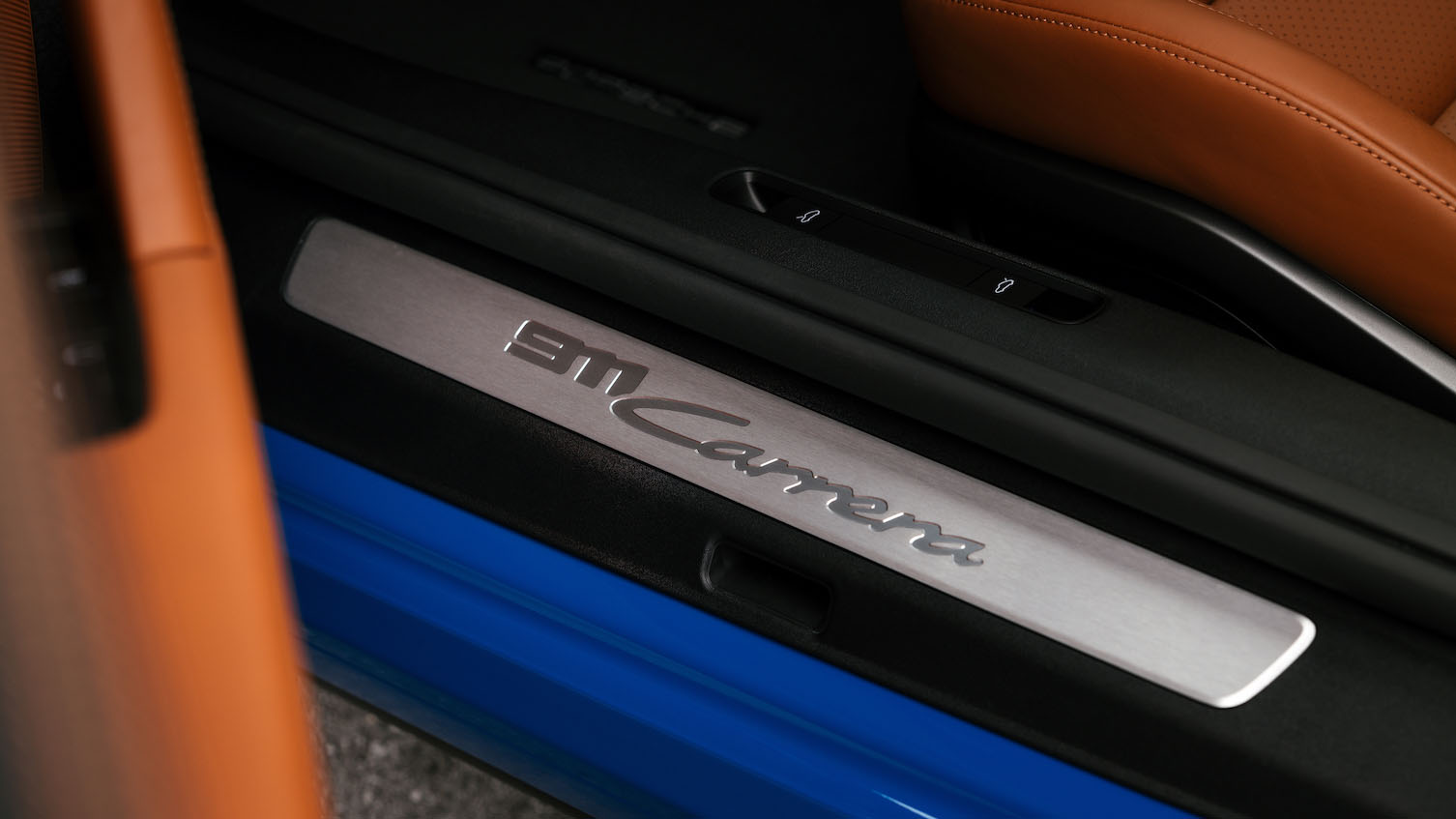
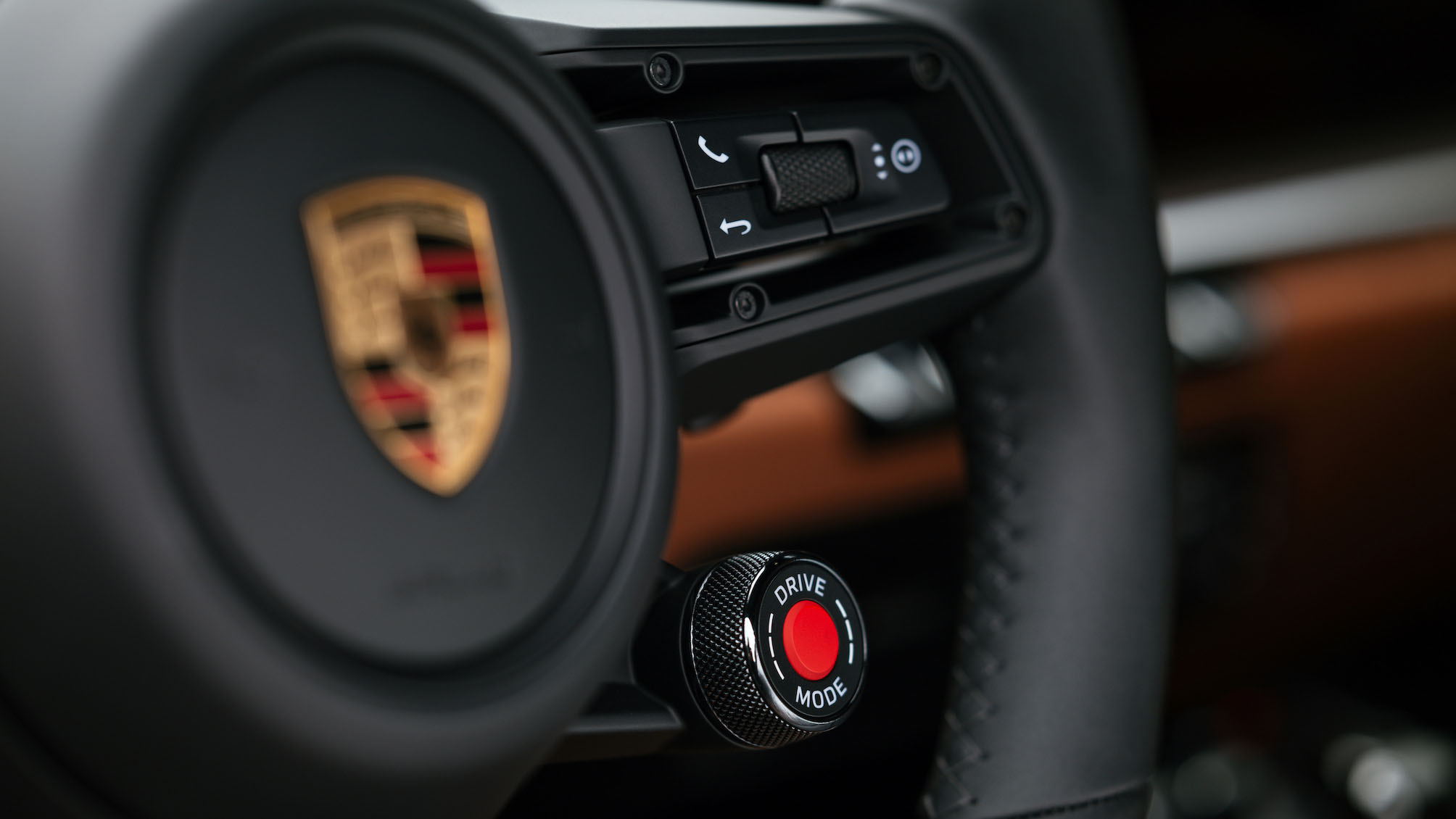
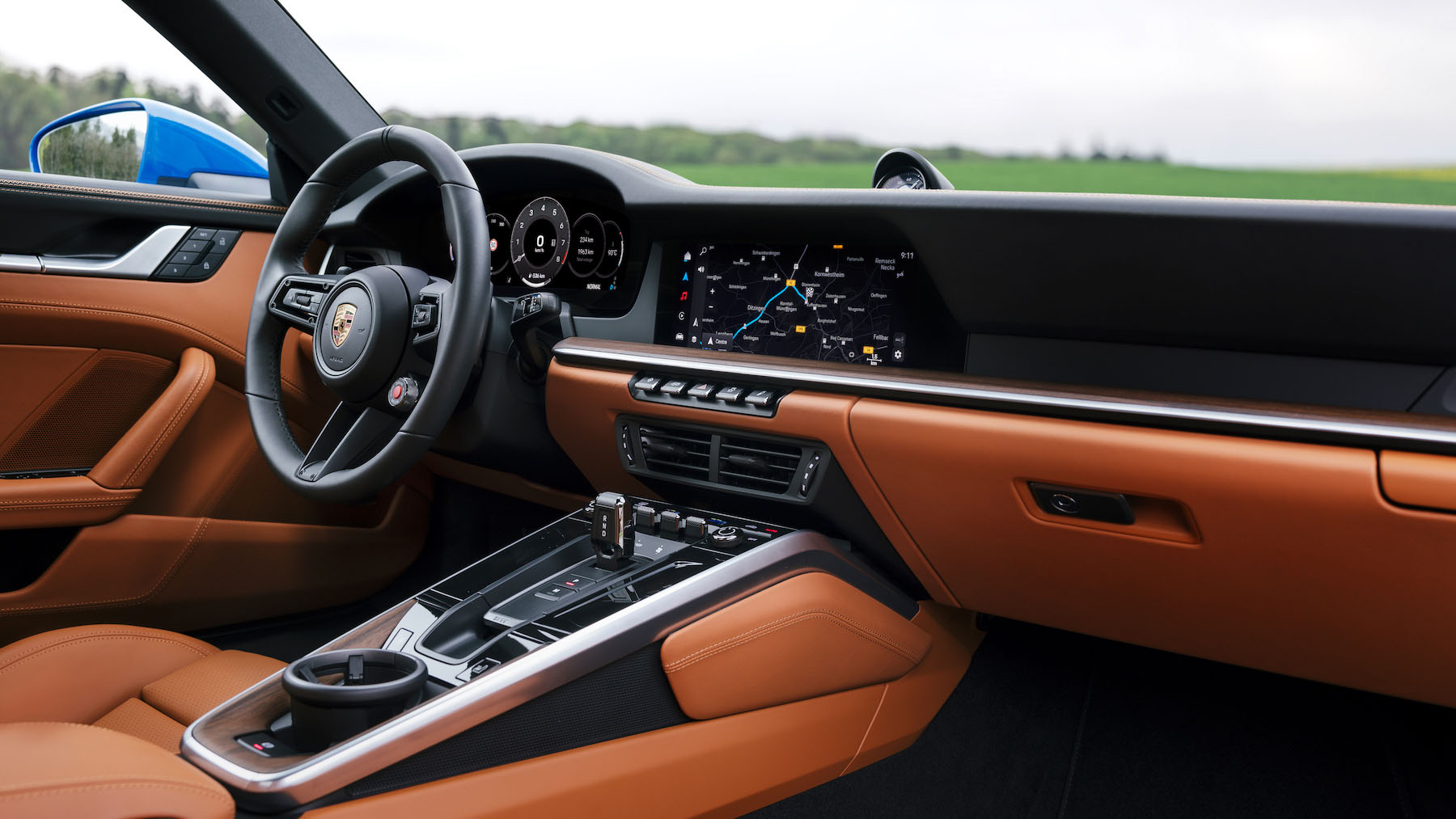
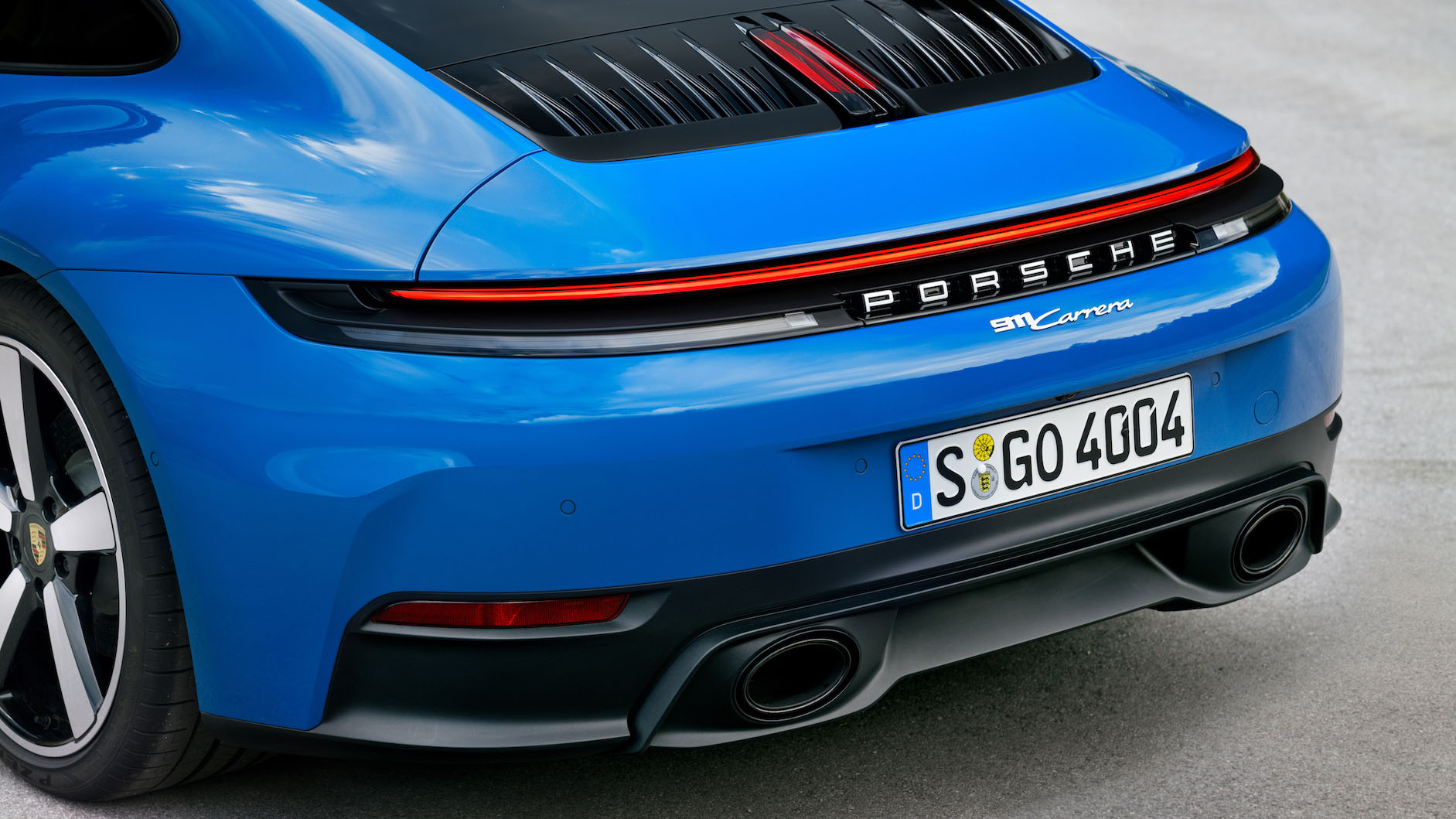
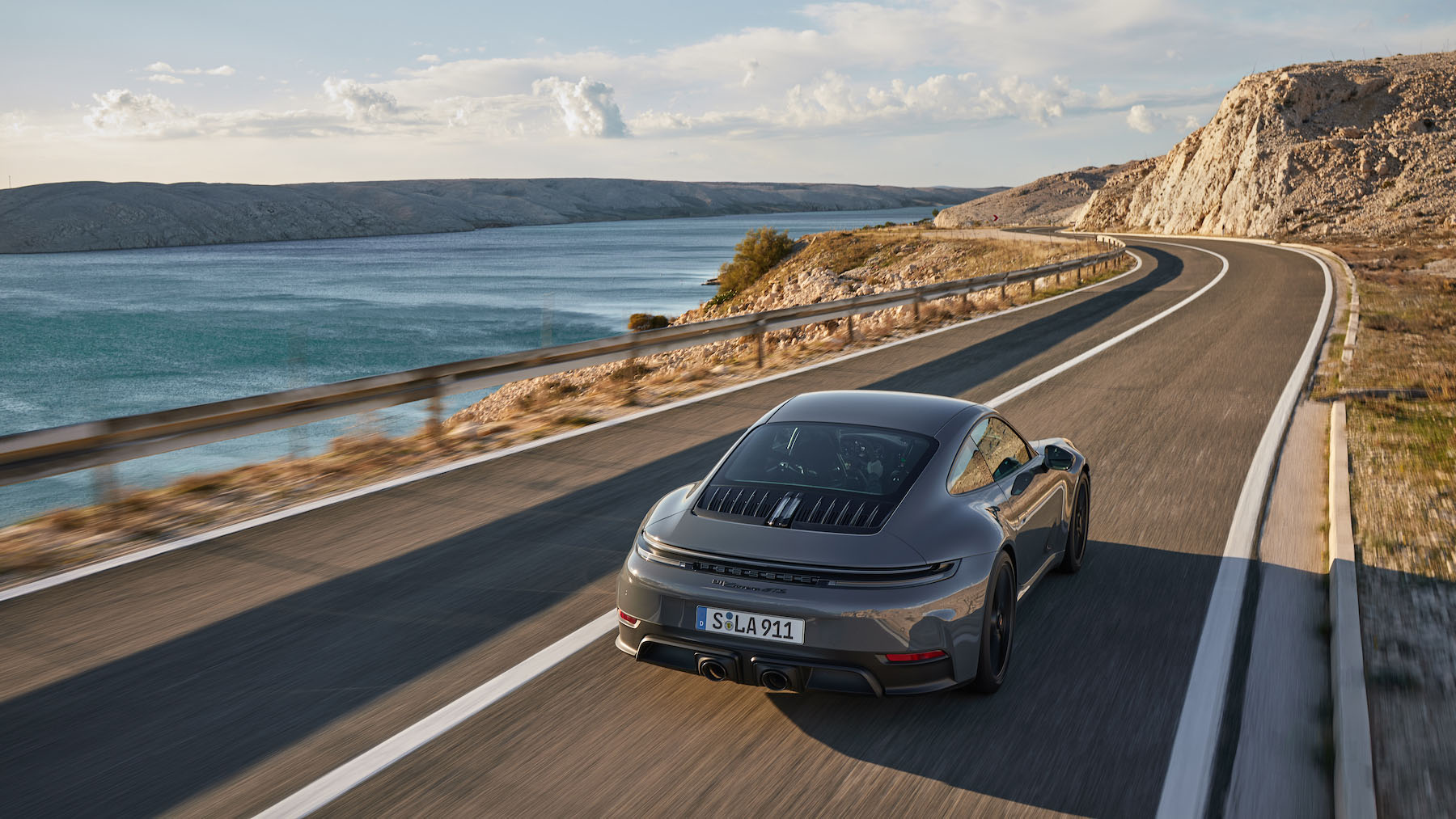
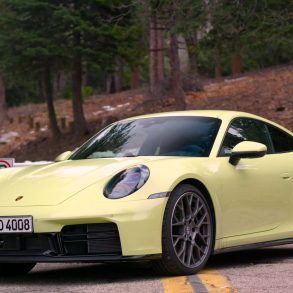

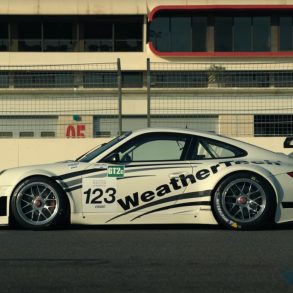
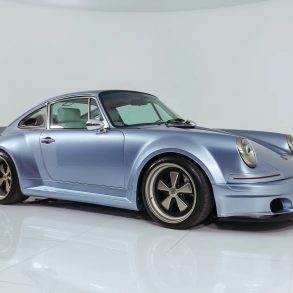
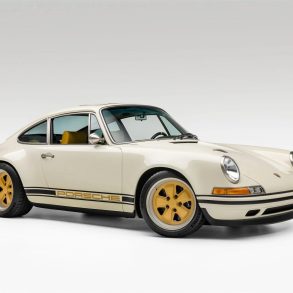
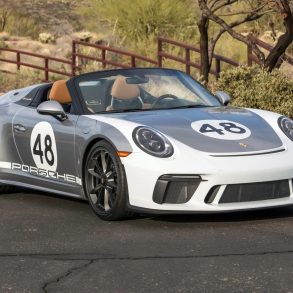

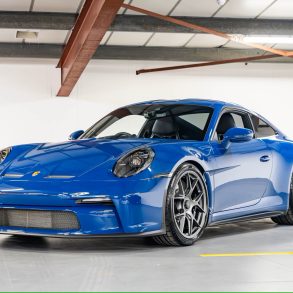

Really too bad they did actually decide to go with that butt-ugly front grill.
0
Funny how their cars are turning into BMWs, lol. What’s the point of buying a Porsche if it’s not Naturally Aspirated? Plus their dimensions have grown out of proportion now, rather turning into luxury sedans with 2 doors. I still don’t see the Hydraulic steering as they continue to use the way cheaper Electric steering with no feedback at all and touchscreens because all this is 40% cheaper to build as compared to using analog buttons and controls, yet the prices are at an all time high and dummies with money will happily come and buy them. Dealer markup is another illegal and unethical practice Porsche dealers are resorting to and Porsche doesn’t do anything despite knowing all about it. I really see no value in newer cars from any angle. No matter how hard I try, I fail to understand how newer is better. All I see is compromises by VW rebadged as Porsche, not to mention EVs which are probably the final nail in the coffin. Might as well kill the brand now with respect rather than ruining it.
0